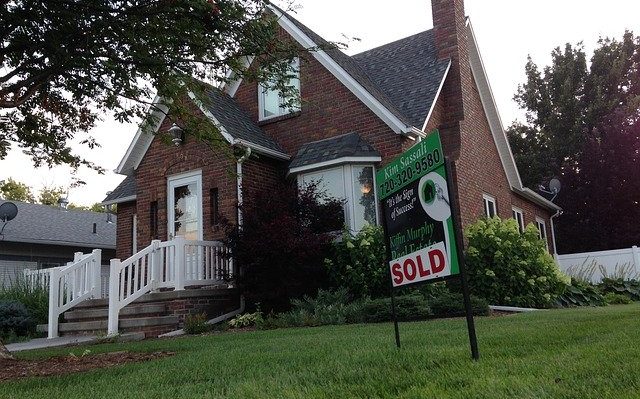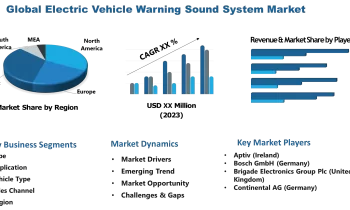
Whilst most of the UK remains in a national lockdown, UK house price growth hit a six-year high between November and December.
The jump at the end of the turbulent year comes as people hastened to move to more spacious properties whilst UK government policy measures continue to bolster the UK housing market.
According to the Nationwide Building Society’s index, house prices increased 0.8 percent between November and December. The latest figures take the annual growth rate up from 6.5 percent to 7.3 percent. This means that house prices are 5.3 percent above the level in March when the pandemic hit the UK and the lockdowns were implemented.
The 7.3% increase also easily surpassed market estimates for a price growth of 6.7%.
Price growth increased in all regions across the UK. England outperformed Scotland and Northern Ireland. This year’s figures are a stark contrast to 2019’s figures in which house prices in England only fractionally increased.
The strongest growth was seen in the East Midlands with the country’s capital city London, second.
Russell Galley, Halifax managing director, said of the price rises:
“Much like many other things about 2020, it would have been hard to predict which areas would see the greatest movement in average house prices this year.
“For example, depending on the borough, you could be looking at the biggest price rise or the biggest falls in the capital.
“House prices have leapt by more than 11% in Yorkshire’s great cosmopolitan city of Leeds and almost 10% in Wolverhampton at the heart of the Black Country.”
Russell Galley, Halifax managing director
Robert Gardner, Nationwide’s chief economist said of the figures:
“The resilience seen in recent quarters seemed unlikely at the start of the pandemic. Indeed, housing market activity almost ground to a complete halt during the first lockdown as the wider economy shrank by an unprecedented 26%.
“But, since then, housing demand has been buoyed by a raft of policy measures and changing preferences in the wake of the pandemic. “The furlough and Self Employment Income Support schemes provided vital support for the labour market, while a host of measures helped to keep down the cost of borrowing and keep the supply of credit flowing”
Nationwide economist Robert Gardner
“The pandemic itself also boosted activity, as life in lockdown and changes to working patterns led many to re-evaluate their housing needs. Our research earlier this year indicated increased demand for less densely populated locations and different property types. This helps to explain why detached properties have seen greater price gains in recent quarters, while flats have underperformed”
Government Support
So far, government policy measures have protected the UK housing market from the full impact of the COVID-19-induced economic slowdown.
The government has stepped in with furlough and self-employed income support schemes, mortgage holidays and prevented forced sales.
The introduction in July of a temporary stamp duty holiday which saves buyers up to £15,000 in property taxes fueled a rally in sales and prompted an upturn in house prices. Previously, house prices had declined between April and June. However, since the temporary stamp duty holiday, property prices have gained on average £14,500.



